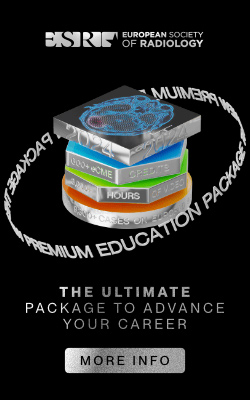Type:
Educational Exhibit
Keywords:
Performed at one institution, Not applicable, Prospective, Abscess, Abscess delineation, CT, Abdomen, Interventional Radiology
Authors:
P. LENIN1, P. CHATTERJEE2, R. Radhakrishnan3; 1CHENNAI, TA/IN, 2GUWAHATI, ASSAM/IN, 3Chennai/IN
DOI:
10.26044/ecr2020/C-12251
Findings and procedure details
The devices required for the procedure are (Fig. 1)
- 5 Fr vertebral/ KMP catheter
- 0.035'' hydrophillic wire
- Amplatz 260 cm exchange length stiff wire
- 12 Fr Ryle's tube
We illustrate our technique of 'Drain within Drain' with the following case.
A 62 year female patient was diagnosed with pancreatic head carcinoma on CT (Fig. 2) for which she underwent Whipple’s procedure .
On post-operative day 8, she presented with abdominal pain, sepsis and deranged coagulation. CECT abdomen was performed which revealed a large walled off retroperitoneal collection. (Fig. 3)
With this clinical and radiological picture, we used the existing drain as a “port of entry’’ and "DRAIN WITHIN DRAIN" was performed under CT fluoroscopy guidance. (Fig. 4)
1. To start with, the 5 Fr vertebral/ KMP catheter with 0.035'' hydrophillic wire is advanced inside the existing surgical drain (Fig. 5) .Terumo wire is then used to negotiate and access the collection (Fig. 6).Following this, the vertebral catheter is threaded with gentle rotatory motion over the hydrophillic wire into the collection (Fig. 7). once the catheter's position in the collection is confirmed using a check CT fluoroscopy, the hydrophillic wire is removed.
2. Then 260 cm exchange length Amplatz stiff wire is advanced into the collection inside the vertebral catheter (Fig. 8) and its position is confirmed using a check CT fluoroscopy . Once the Amplatz wire is placed into the collection the vertebral catheter is removed.(Fig. 9)
3. The final step is to introduce a 12 Fr Ryle's tube (Fig. 10) over the Amplatz stiff wire. A hole is made at the radio-opaque tip of the Ryle's tube (Fig. 11) using a 18 G needle so that Amplatz stiff wire can be introduced through it (Fig. 12) .Finally a check CT is done to confirm the Ryle's tube position in the collection. (Fig. 13)
On table, 150 ml of infected fluid was drained and then it was left for free drainage in the post surgical intensive care unit with strict aseptic precautions.
On post-operative day 17, a check CECT abdomen was done which showed a significant reduction in the size of the collection. (Fig. 14)

Fig. 11: A hole is made at the radio-opaque tip of the Ryle's tube using a 18 G needle















